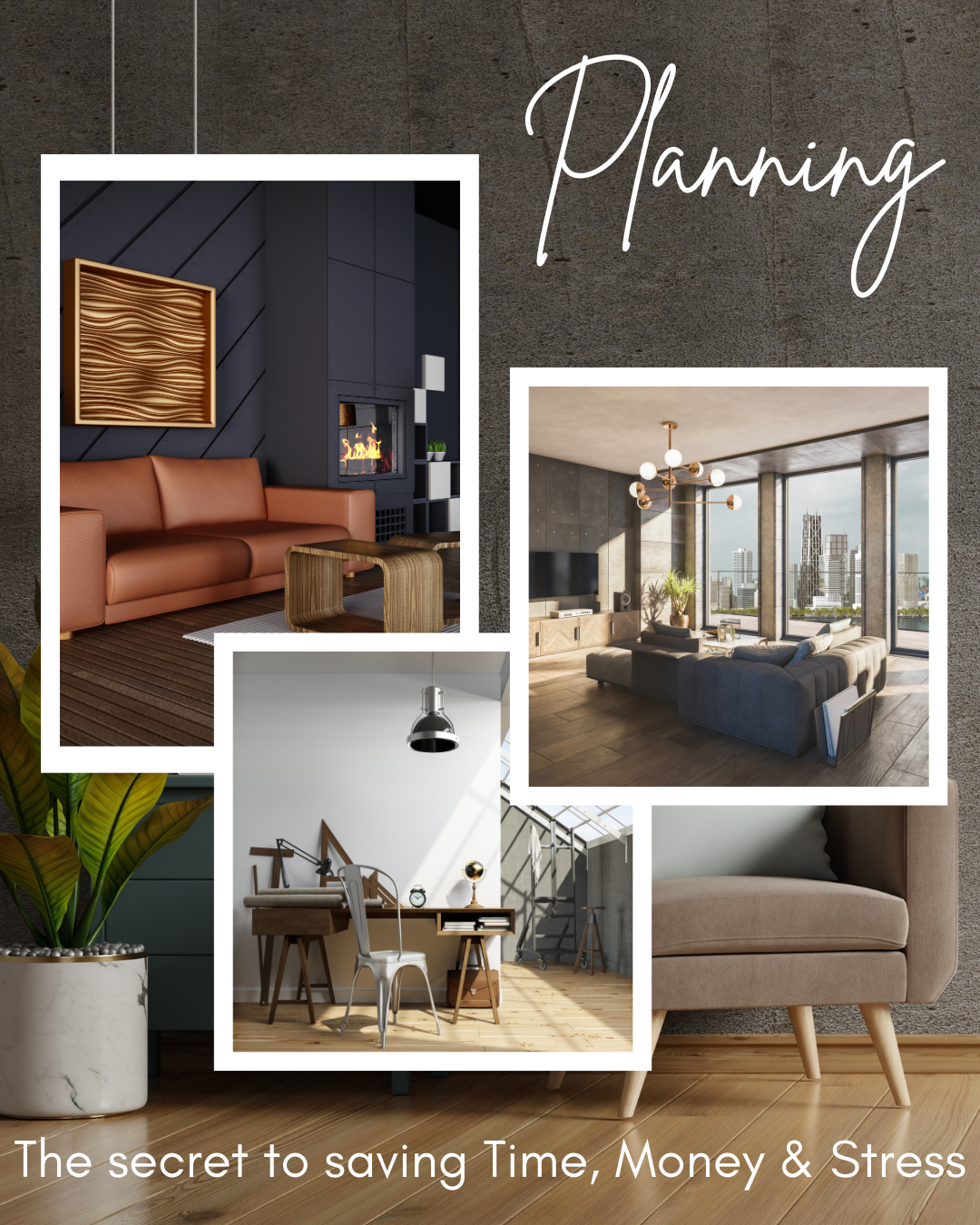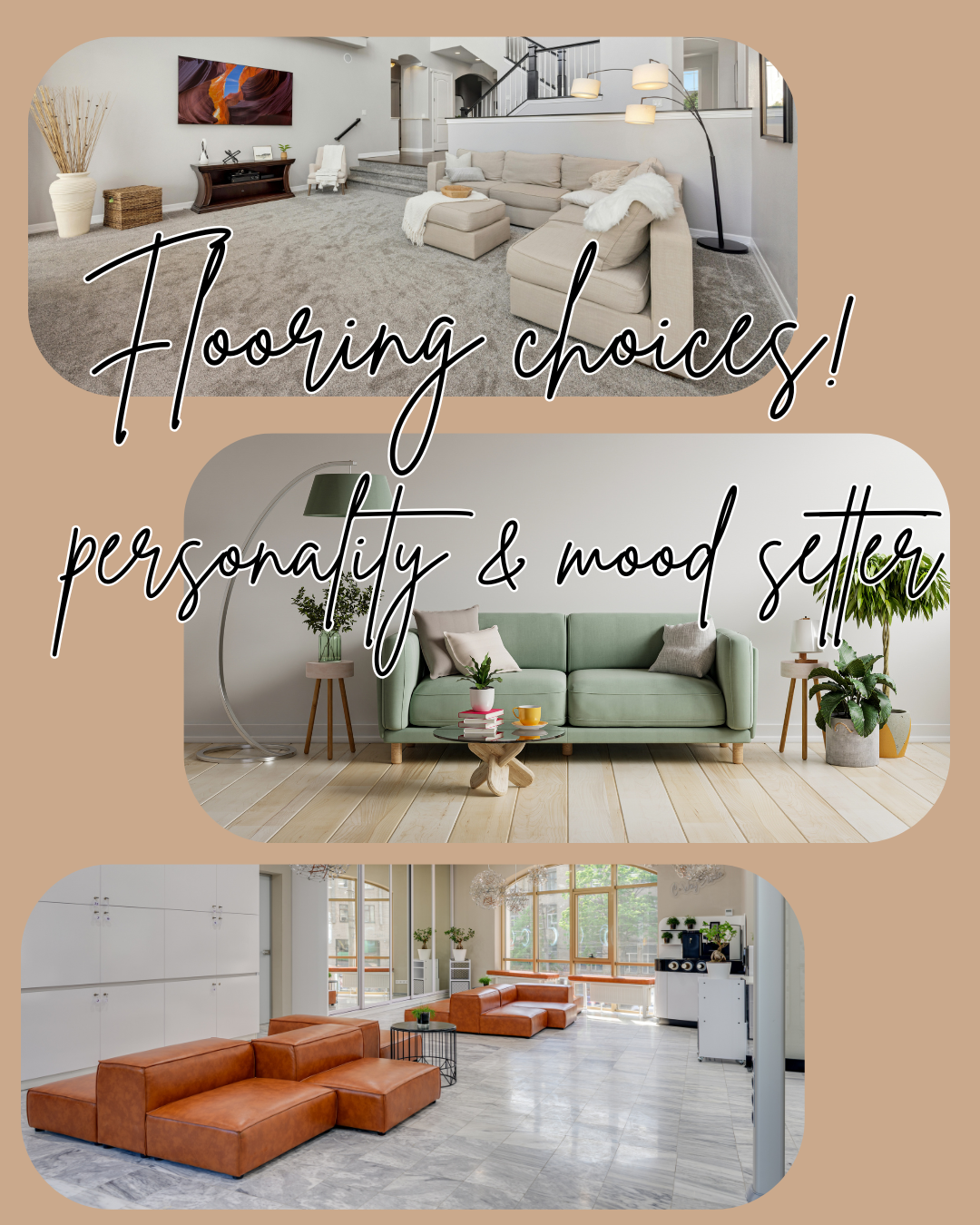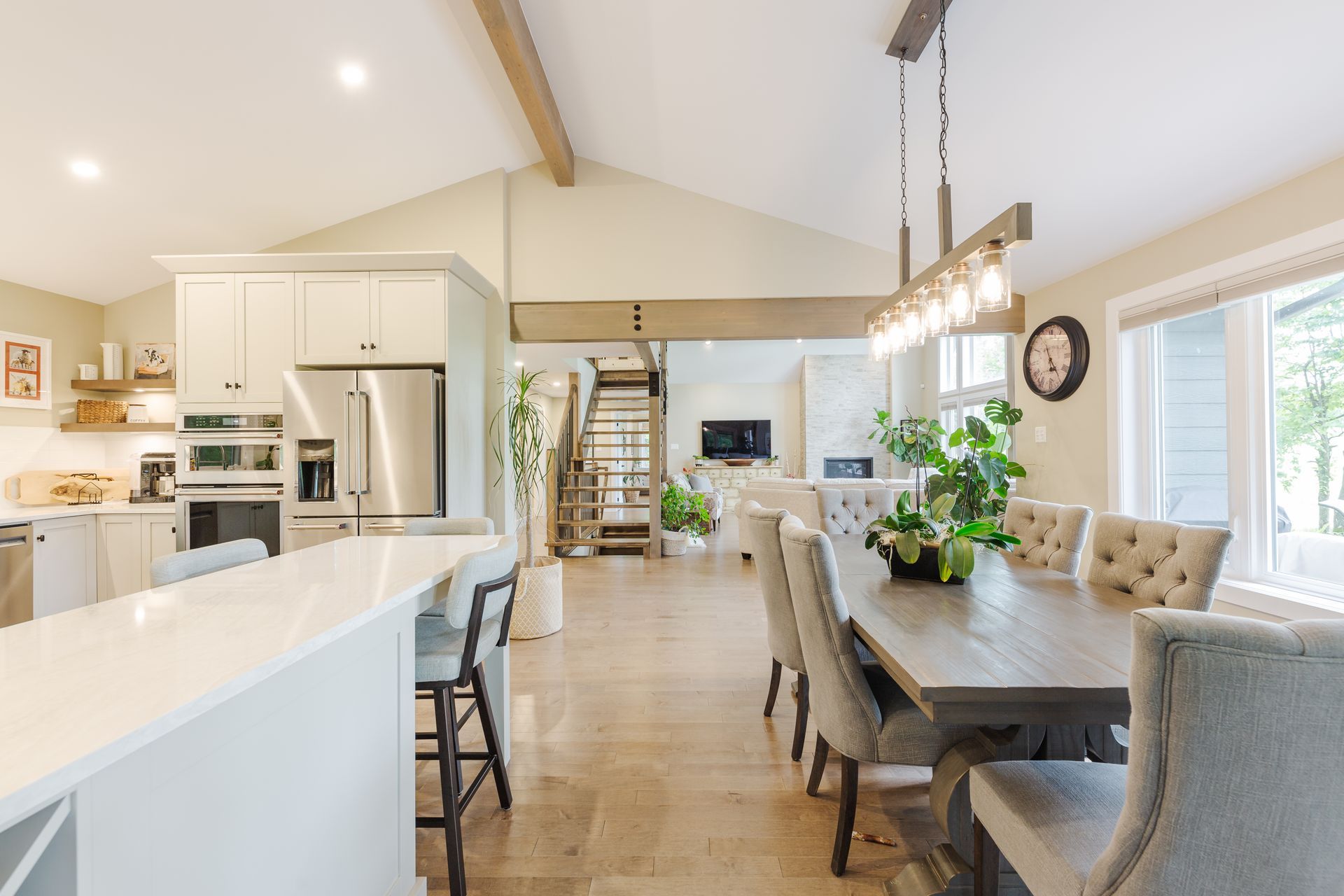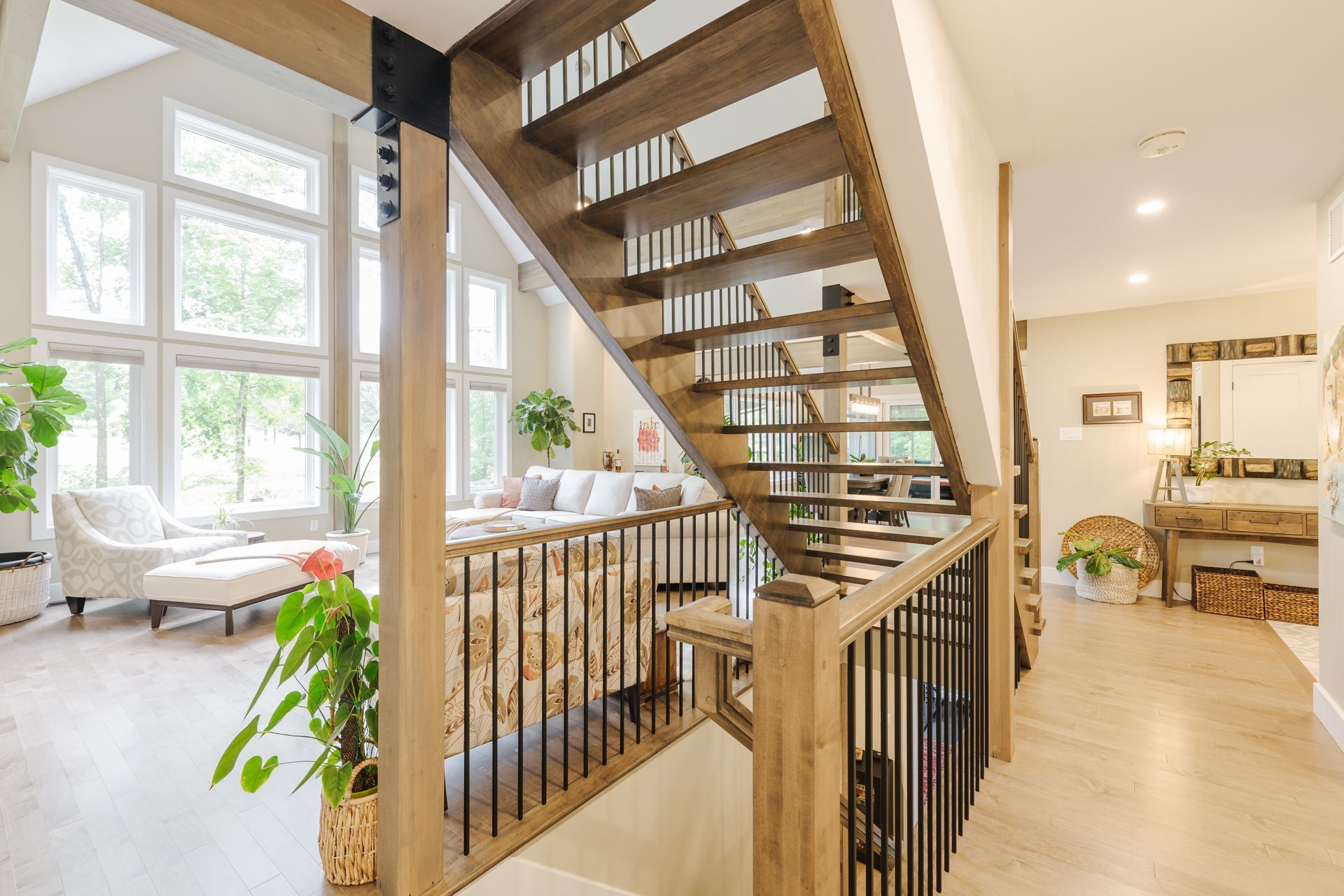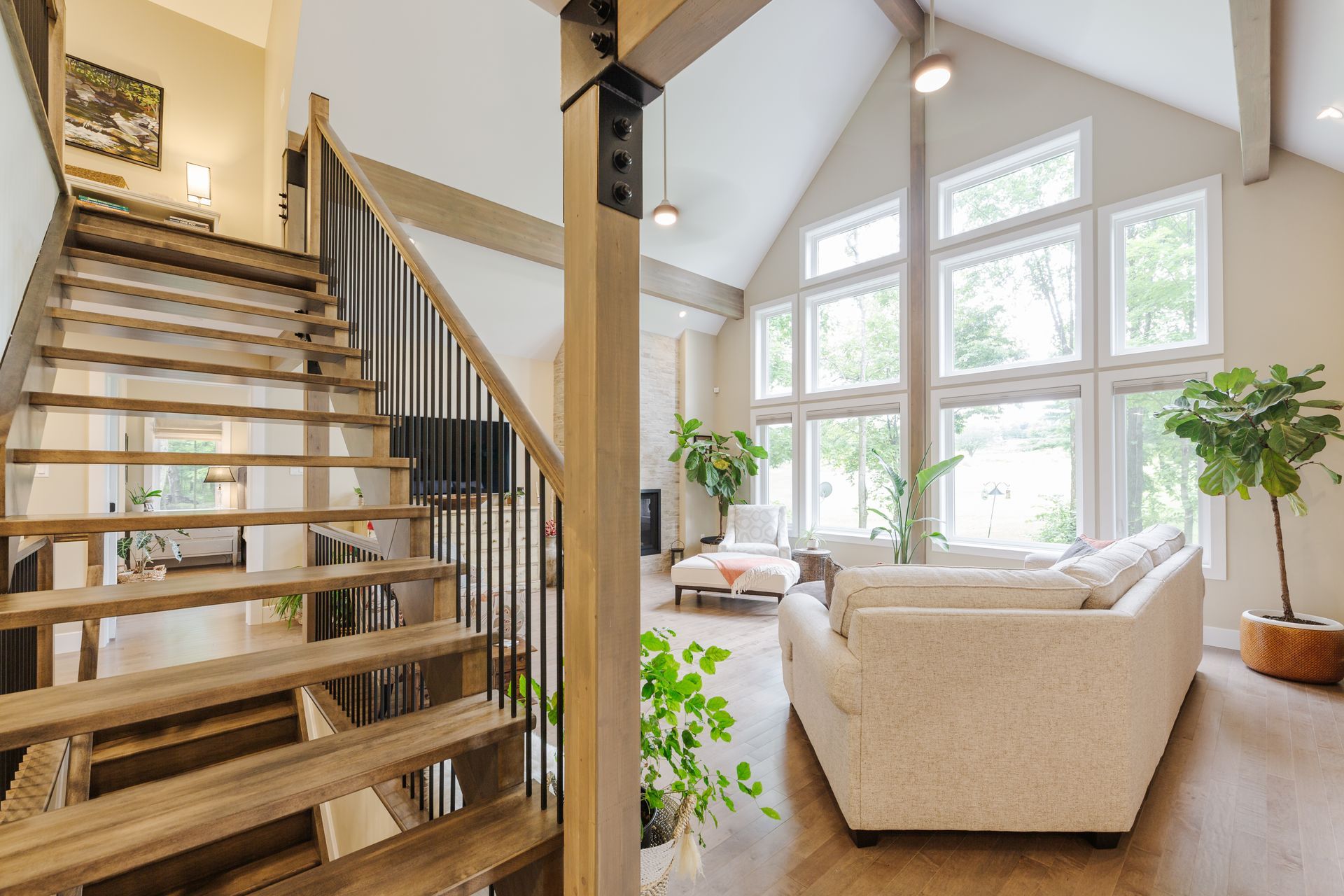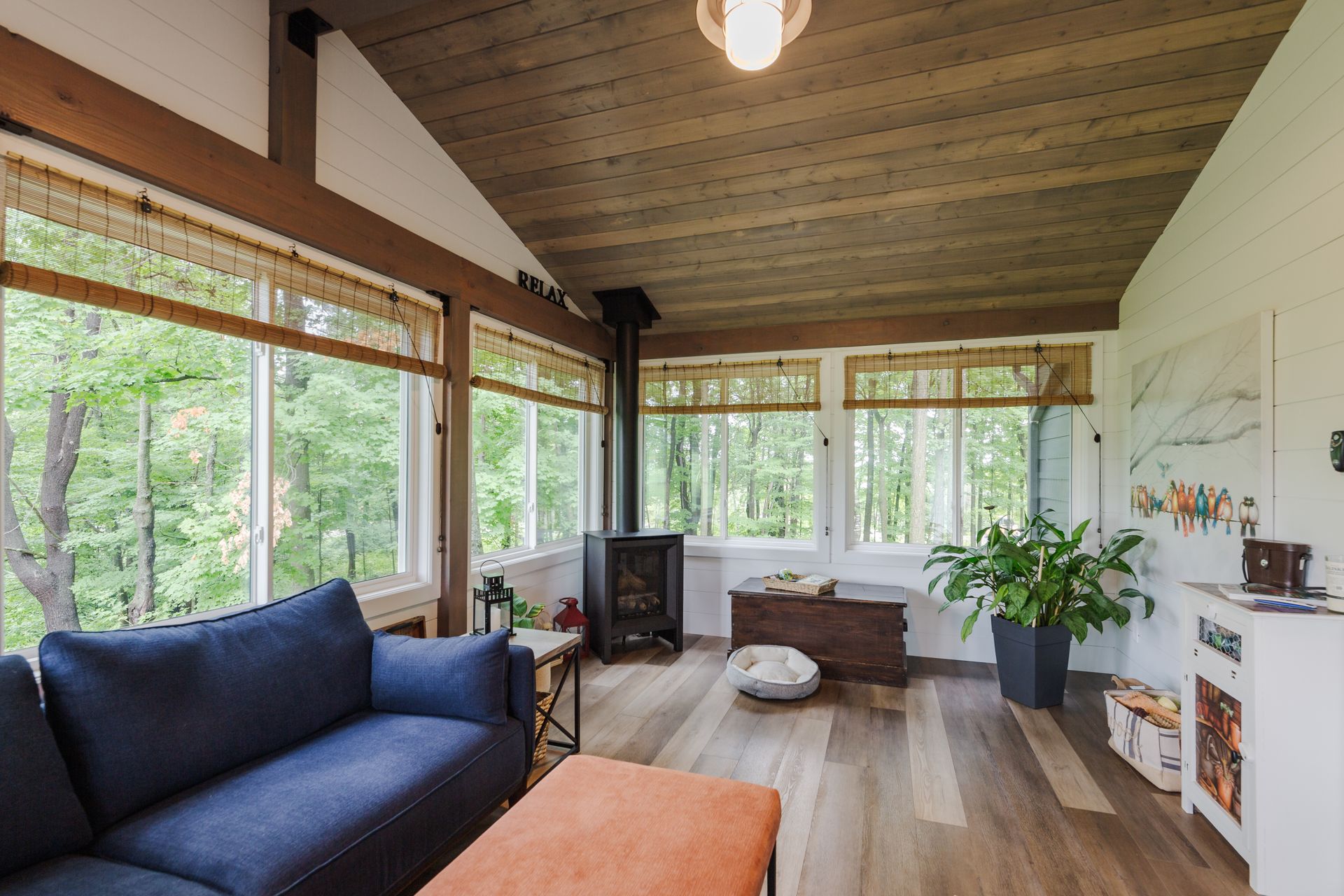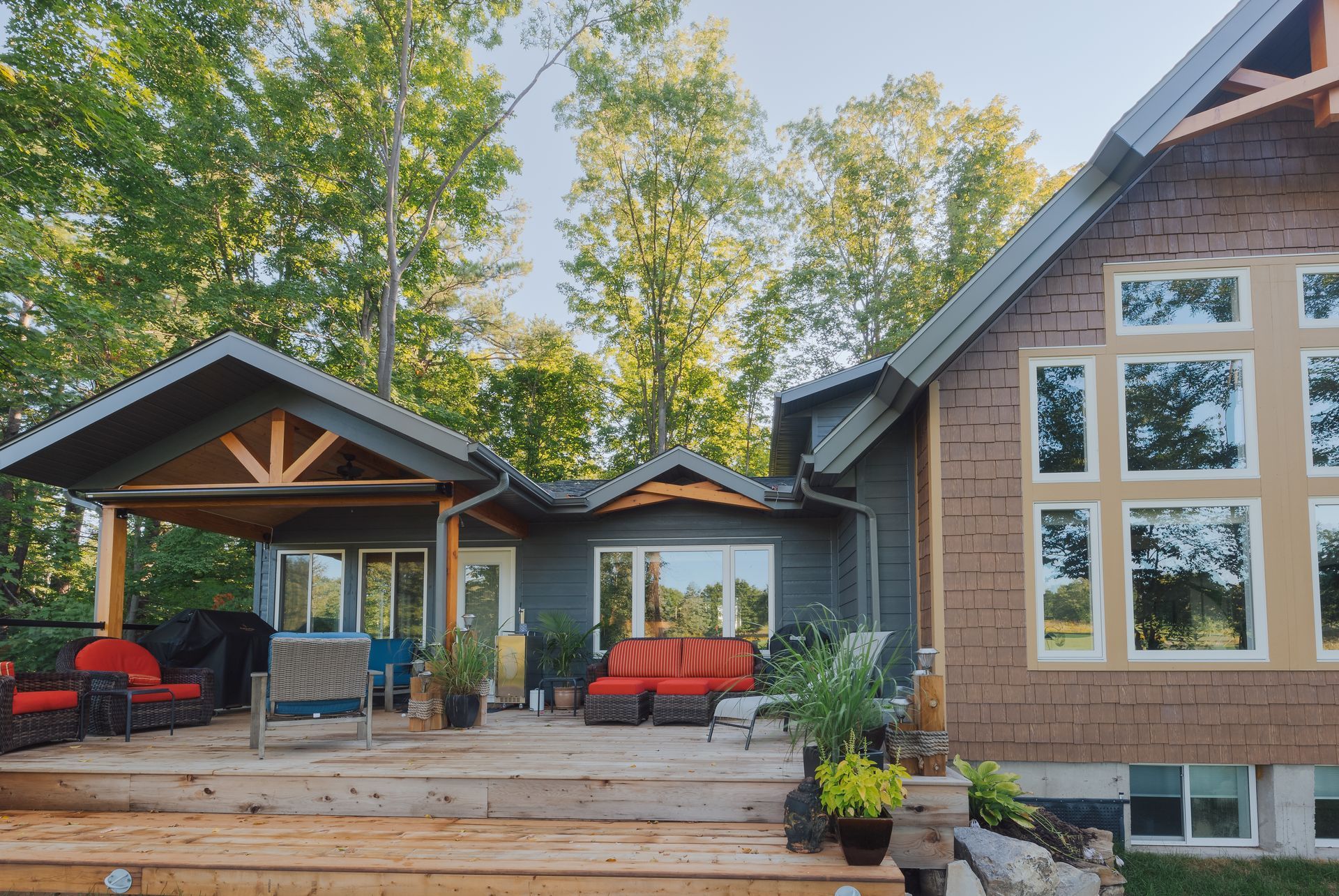The Subtle Art of Symmetry in Furniture Placement
Symmetry is one of the oldest principles of design, rooted in nature, architecture, and art. In interior design, it’s the deliberate arrangement of elements so that each side of a central axis mirrors the other. While the concept might sound rigid, symmetry in furniture placement is not about creating a perfectly matched showroom. Done well, it offers a quiet, grounding beauty that makes a room feel balanced, intentional, and inviting.
Why Symmetry Matters
Humans are wired to recognize patterns, and symmetry offers a sense of order and calm. When furniture is placed in a balanced way, it creates a visual rhythm that’s pleasing to the eye. In busy, multi-use spaces like living rooms or open-plan layouts, symmetry can anchor the room and help it feel cohesive, even with varied colors, textures, and decor.
Symmetry also encourages focus. By drawing the eye toward a central point such as a fireplace, artwork, or large window it naturally organizes the viewer’s gaze. This focal point becomes the anchor of the room, around which all other elements revolve.
Classic Symmetry in Furniture Arrangement
The most straightforward example of symmetry is the “mirror image” setup: two identical sofas facing each other, or a pair of matching armchairs flanking a coffee table. This creates a sense of formality and structure, perfect for spaces meant for conversation or entertaining. It works particularly well in rooms where architecture already supports symmetry like a centered fireplace or evenly spaced windows.
Softening Symmetry
Perfect mirroring can sometimes feel overly formal or static. The key to subtle symmetry is balance without rigidity. This can be achieved by:
- Using pieces of similar visual weight instead of identical ones (e.g., a chair and a floor lamp on one side balanced by a small table and tall plant on the other).
- Varying textures and finishes while keeping the forms balanced.
- Incorporating asymmetrical accents like a single statement artwork to break the perfection while maintaining harmony.
Symmetry Across Room Types
- Living Rooms: Symmetry can frame a central coffee table or rug, making the seating area feel intentional.
- Bedrooms: Matching bedside tables and lamps are classic, but mixing shapes and heights slightly can make it feel warmer.
- Dining Rooms: Centering a table under a chandelier and aligning chairs evenly is visually satisfying, but varying chair styles subtly can keep it relaxed.
Layering with Symmetry
Symmetry doesn’t have to stop at furniture placement, it can be echoed in accessories, lighting, and even the way rugs and artwork are positioned. For example, centering a large piece of art over a sofa and placing matching sconces on either side creates visual cohesion. Layering symmetrical arrangements with varied textures and materials adds both structure and richness.
The Emotional Effect
A room arranged with subtle symmetry feels calm, organized, and welcoming. It provides a reassuring sense of order without stifling creativity. By blending balance with variation, you can create spaces that are both elegant and livable.
Symmetry in furniture placement is like a good rhythm in music, it provides the beat that keeps everything flowing. Whether you lean toward perfect mirroring or a softer, looser balance, mastering this art ensures your room feels anchored, harmonious, and effortlessly beautiful.
New paragraph
Let’s chat to see how I can help.
